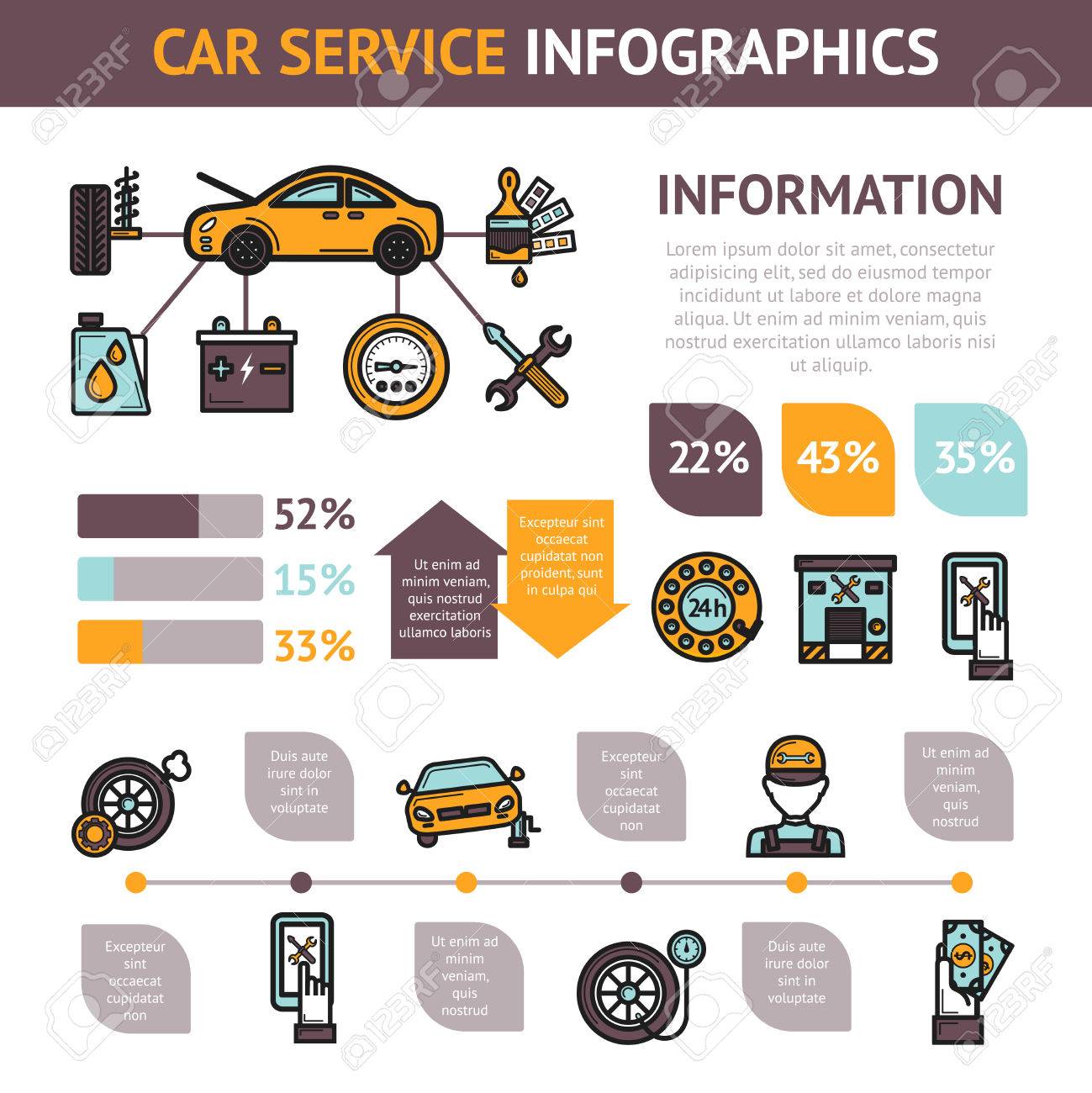Analyzing Real Relevance Of Caution Lighting In Your Automobile
Analyzing Real Relevance Of Caution Lighting In Your Automobile
Blog Article
Article Writer-Cheng Boyer
When you lag the wheel, those beautiful warning lights on your control panel can be a bit complicated. Do you know what they're attempting to tell you about your auto's health? Recognizing the value of these lights is vital for your security and the long life of your car. So, the next time one of those lights appears, would not you intend to understand its message properly and take the necessary steps to resolve it?
Common Warning Lighting and Interpretations
Determine typical warning lights in your cars and truck and recognize their definitions to make sure safe driving.
One of the most typical caution lights include the check engine light, which signals problems with the engine or emissions system. If Read More In this article begins, it's vital to have your vehicle examined quickly.
The oil stress warning light indicates reduced oil stress, needing prompt focus to stop engine damages.
A blinking battery light may suggest a faulty charging system, potentially leaving you stranded if not attended to.
The tire pressure surveillance system (TPMS) light notifies you to reduced tire pressure, influencing automobile stability and fuel performance. Neglecting this can bring about unsafe driving problems.
The abdominal light shows a problem with the anti-lock braking system, endangering your ability to stop quickly in emergencies.
Last but not least, the coolant temperature warning light warns of engine getting too hot, which can result in serious damages if not dealt with promptly.
Recognizing these typical caution lights will aid you attend to concerns immediately and preserve secure driving problems.
Value of Prompt Interest
Understanding the common warning lights in your automobile is only the very first step; the value of immediately addressing these warnings can not be stressed sufficient to ensure your security when traveling.
When a warning light illuminates on your control panel, it's your automobile's way of interacting a prospective concern that requires focus. Ignoring these cautions can bring about extra severe troubles later on, endangering your safety and possibly costing you more in repairs.
Prompt focus to cautioning lights can prevent breakdowns and crashes. For example, a blinking check engine light might indicate a misfire that, if left neglected, can trigger damage to the catalytic converter. Resolving this without delay can conserve you from a costly repair.
Likewise, a brake system advising light could indicate low brake liquid or worn brake pads, crucial components for your security when driving.
DIY Troubleshooting Tips
If you see a caution light on your control panel, there are a couple of DIY repairing pointers you can attempt before seeking professional assistance.
The first step is to consult your automobile's guidebook to comprehend what the certain warning light shows. In some cases the problem can be as straightforward as a loosened gas cap causing the check engine light. Tightening up https://cheapoilchange39517.like-blogs.com/28171094/learn-the-essential-guidelines-for-locating-a-trusted-automobile-service-center-that-will-maintain-your-vehicle-s-problem-your-automobile-requires-the-best-quality-service might settle the problem.
Another common problem is a low battery, which can activate various alerting lights. Examining the battery links for deterioration and guaranteeing they're safe may repair the issue.
If a warning light persists, you can try resetting it by disconnecting the car's battery for a few minutes and after that reconnecting it. Additionally, checking your vehicle's fluid levels, such as oil, coolant, and brake fluid, can help repair advising lights associated with these systems.
Verdict
To conclude, recognizing your cars and truck's caution lights is essential for keeping your car running smoothly and safely. By promptly dealing with these alerts and knowing what they suggest, you can avoid pricey repair work and prospective malfunctions.
Remember to consult your car's manual for specific details on each advising light and do something about it as necessary to guarantee a hassle-free driving experience.
Stay informed, remain risk-free on the road!
